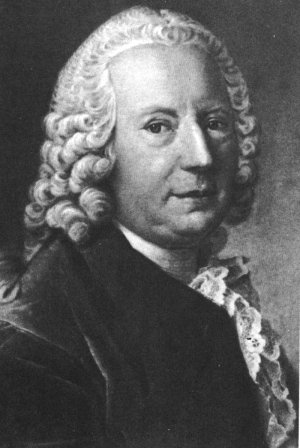Hello everyone, my group discuss about Air pressure and made an experiment about it. Air pressure is the force exerted (applied is simpler)by the weight of a column of air above a particular location.
our experiment's title is Stuck Like Glue. why? oke let me explain..
when A flame goes out inside of an upside down jar and, like magic, the jar is stuck to a plate. You might think that the jar has sucked right to the plate, but we’ll explain why this trick is actually a result of pushing! The Stuck Like Glue experiment is an incredible demonstration of the power of air pressure and a great way to help explain the way that forces work.
When the piece of paper inside of the overturned jar is lit, the air inside the jar is heated, causing it to expand. When the flaming paper is extinguished, the air inside the jar cools and contracts, leaving a void of air within the jar. This is an example of an imperfect vacuum. When you think of a vacuum, you think of suction, but scientists like to avoid the term "suck," and instead rely on the pushing forces from outside. With the vacuum inside the jar, air from outside really wants to get inside. Were it not for the wet paper towel, the outside air would succeed and the vacuum would be no more. However, the water in the paper towel effectively stops the air from rushing back into the jar. Water (as well as other substances) has two properties called adhesion and cohesion. Adhesion is water's ability to stick to other materials, and cohesion is, you guessed it, water's ability to stick to itself. When the flaming paper is extinguished and you add pressure onto the jar, the adhesion and cohesion of the water create an air-tight seal between the plate, paper towel, jar, and water.This air-tight seal means that air is constantly trying to push its way up and into the jar without success. The air pushing at the seal creates the phenomenon of the plate sticking to the mouth of the jar.
the related between this experiment with science and technology very wide, maybe we can choose one example that the work is near with this experiment, for example Cupping technology in medicine. Cupping and this experiment has a lil bit same materials and 'how does it work'. i will emphasize about science and technology here. since Cupping has been found, i am sure that it is happen cause a modern and technology, because science is come from nature and human's brain. and technology is the application of the science.
Air pressure has related to Bernoulli's principle.
Bernoulli Daniel
Bernoulli's Principle is the principle that allows wings to produce lift and planes and helicopters to fly. There are many factors that can effect the lift produced under this principle, but in order to fully understand how and why things can effect flight one must understand how Bernoulli's principle works.
Bernoulli's principle works on the idea that as a wing passes through the air the its shape make the air travel more over the top of the wing than beneath it. This creates a higher pressure are beneath the wing than above it. The pressure difference cause the wing to push upwards and lift is created.
There are several things that effect the amount of lift created. The first is speed, the faster the wing moves through the air the more air is forced over and under the wing, therefore the more lift is created. Another thing that effects the amount of lift created is the density of the air. The denser the air is the more lift is produced. This is why planes climb better in the winter, the colder air is denser. The final thing that can change the amount of lift created by the wing is the shape of the wing. Certain wings produce more lift.
Lift
To maintain equilibrium in a straight and level flight, pilots must monitor the aircraft's speed and pitch angle. Those variables along with other factors are used in a formula to determine an aircraft's lift.
Lift=(1/2)(air density)(velocity expressed in feet squared)(aircraft's wing area)(coefficent of lift)
Air density changes with altitude. Such densities can be found in the I.C.A.O. standard atmosphere table.
The coefficent of lift which varies with the aircraft's type of airfoil and pitch angle uses the pitch angle velocity relationship curve to determine the aircraft's coefficient of lift.
Bernoulli Daniel
1700, Groningen - 1782, Basel
Daniel Bernoulli was the son of Johann Bernoulli. He was born in Groningen while his father held the chair of mathematics there. His older brother was Nicolaus(II) Bernoulli and his uncle was Jacob Bernoulli so he was born into a family of leading mathematicians but also into a family where there was unfortunate rivalry, jealousy and bitterness.
When Daniel was five years old the family returned to their native city of Basel where Daniel's father filled the chair of mathematics left vacant on the death of his uncle Jacob Bernoulli. When Daniel was five years old his younger brother Johann(II) Bernoulli was born. All three sons would go on to study mathematics but this was not the course that Johann Bernoulliplaned for Daniel.
Johann Bernoulli's father had tried to force Johann into a business career and he had resisted strongly. Rather strangely Johann Bernoulli now tried exactly the same with his own son Daniel. First however Daniel was sent to Basel University at the age of 13 to study philosophy and logic. He obtained his baccalaureate examinations in 1715 and went on to obtain his master's degree in 1716. Daniel, like his father, really wanted to study mathematics and during the time he studied philosophy at Basel, he was learning the methods of the calculus from his father and his older brother Nicolaus(II) Bernoulli.
.jpg)

No comments:
Post a Comment